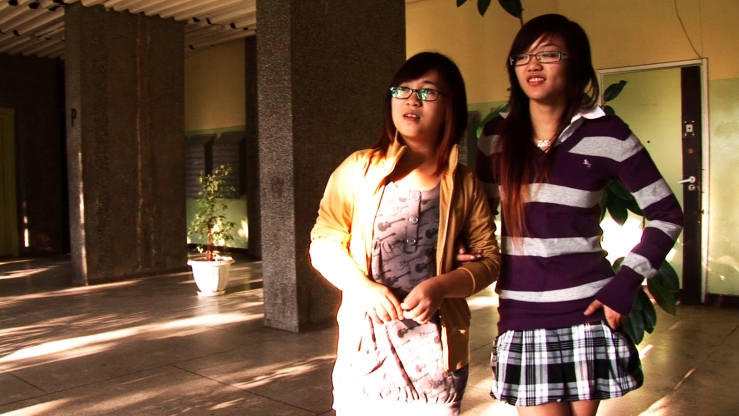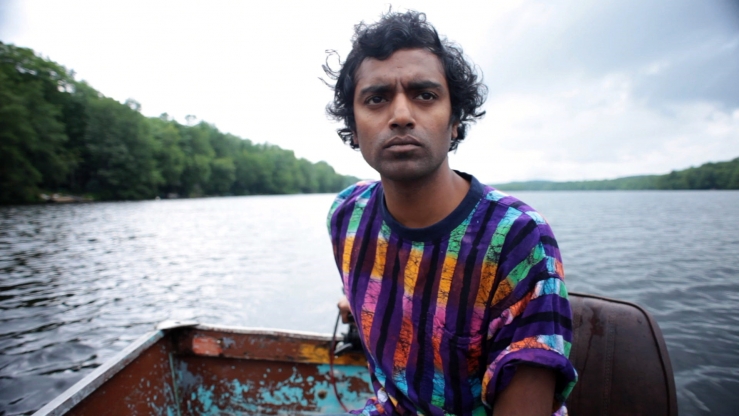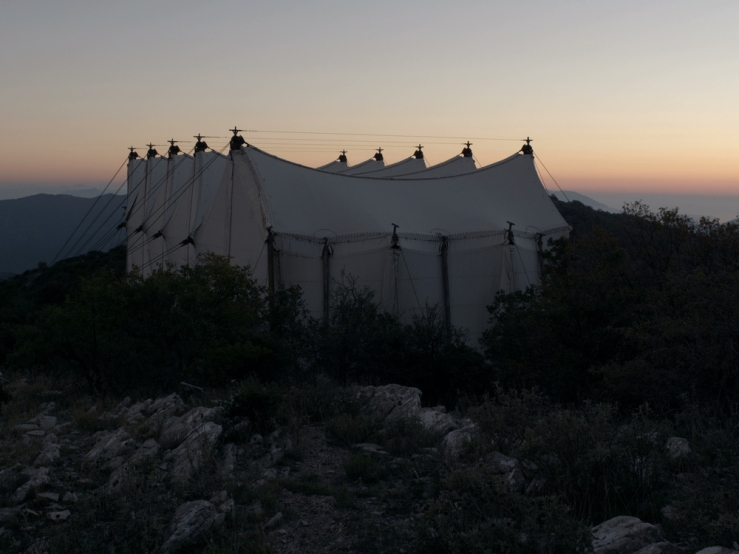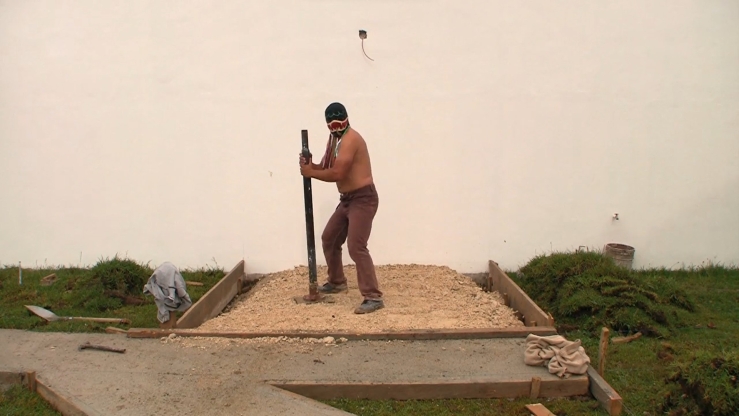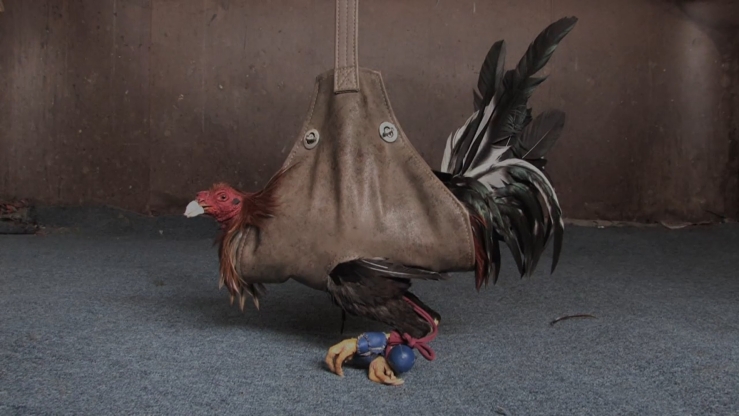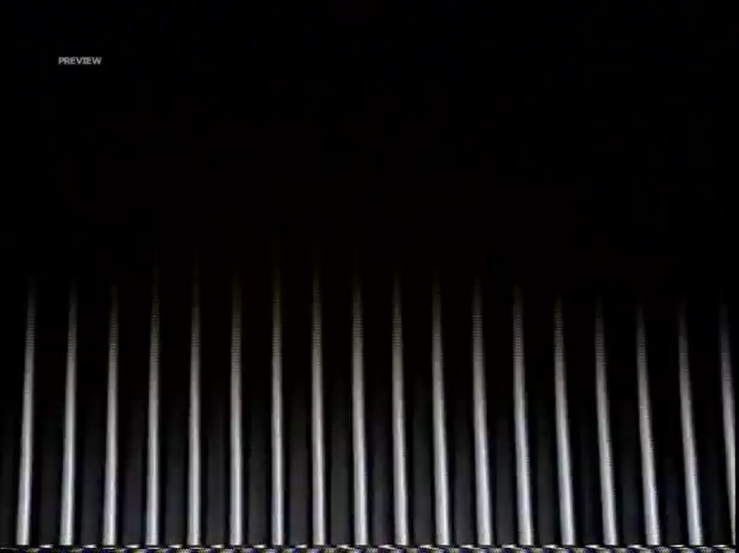Aura Dies Hard (Or: How I Learned to Stop Worrying and Love the Copy)
The narrator of Nate Harrison's video essay challenges the traditional notion of video as a dematerialized form of art. During his visits to an exhibition on the history of video art, the narrator starts questioning the claim of the exhibition's curatorial text that video art has always put an emphasis on the performative aspect of the genre rather then on the production of a discrete and precious art object.
He also points out that since the 1960s, which marks the beginning of video art, there has emerged a hierarchy of copies, ranging from a whole array of authorized video pieces such as master-, exhibition- or archival copies, to bootlegged copies illegally reproduced in violation of authorship or distribution rights. Thus the art world has developed new rituals of duplication, preservation and distribution that clearly show that a video art carrier can often be viewed as a repository of aura: Walter Benjamin's notion of authenticity, characteristic of traditional works of art.
The narrator's words are illustrated with a sequence of video excerpts from 48 of the best-known video and performance artists who he has seen in the exhibition and copies of whose work he actually has stored in his personal video archive. (Olena Chervonik)
About the video
About the artist
- 1972 in Eugene, Oregon, USA.
Studied at the University of California, San Diego, USA, and the California Institute of the Arts, Valencia, USA

